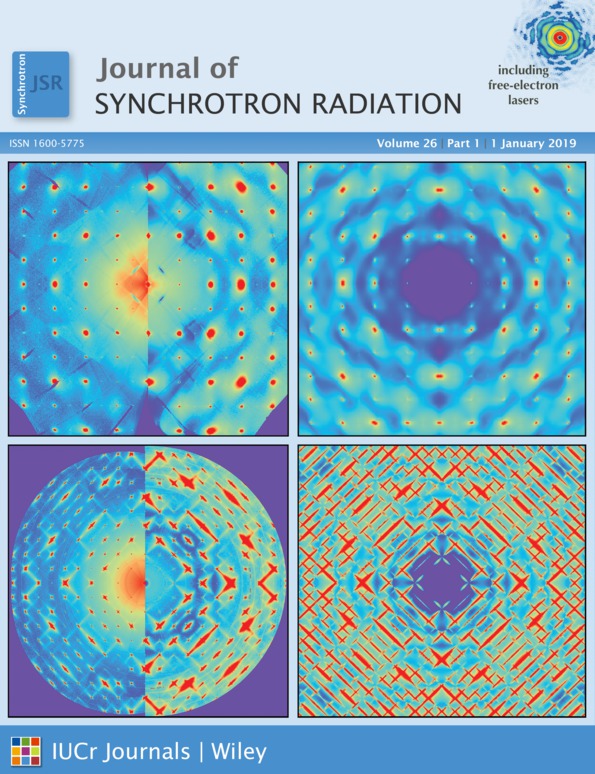Operando X-ray absorption spectroscopy study of the Fischer–Tropsch reaction with a Co catalyst
Abstract
This article describes the setting up of a facility on the energy-scanning EXAFS beamline (BL-09) at RRCAT, Indore, India, for operando studies of structure–activity correlation during a catalytic reaction. The setup was tested by operando X-ray absorption spectroscopy (XAS) studies performed on a Co-based catalyst during the Fischer–Tropsch reaction to obtain information regarding structural changes in the catalyst during the reaction. Simultaneous gas chromatography (GC) measurements during the reaction facilitate monitoring of the product gases, which in turn gives information regarding the activity of the catalyst. The combination of XAS and GC techniques was used to correlate the structural changes with the activity of the catalyst at different reaction temperatures. The oxide catalyst was reduced to the metallic phase by heating at 400°C for 5 h under H2 at ambient pressure and subsequently the catalytic reaction was studied at four different temperatures of 240, 260, 280 and 320°C. The catalyst was studied for 10 h at 320°C and an attempt has been made to understand the process of its deactivation from the XANES and EXAFS results.




